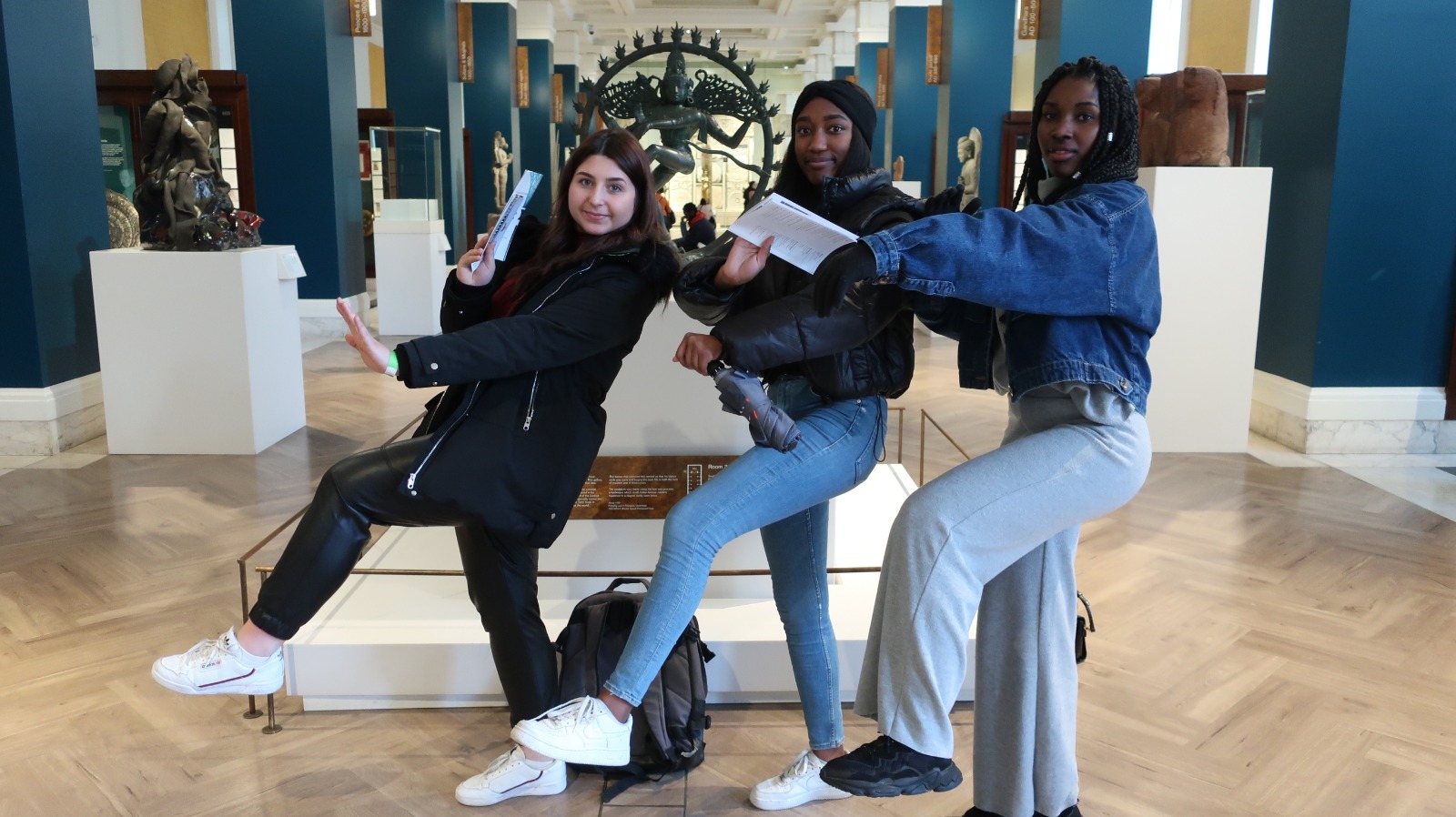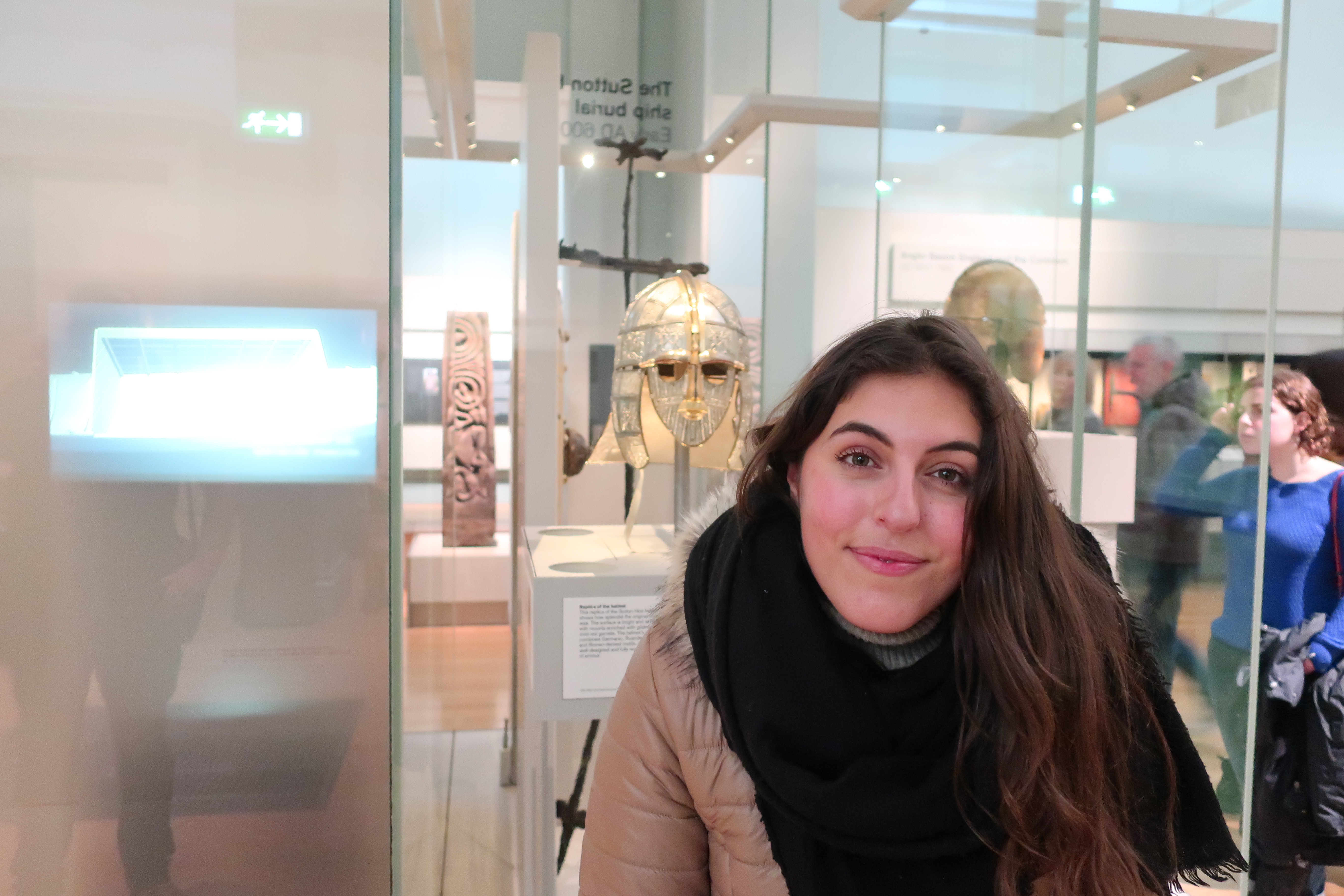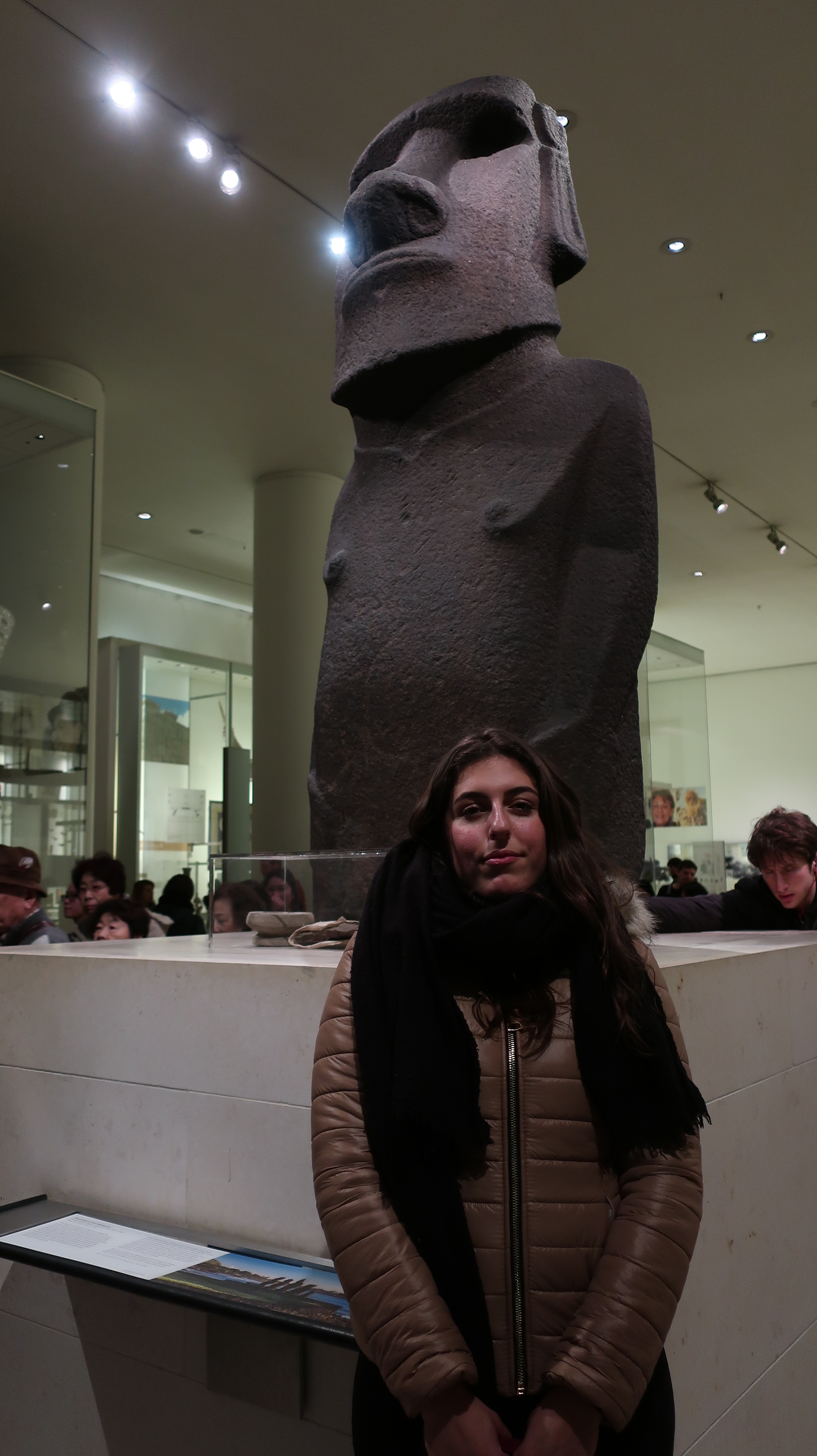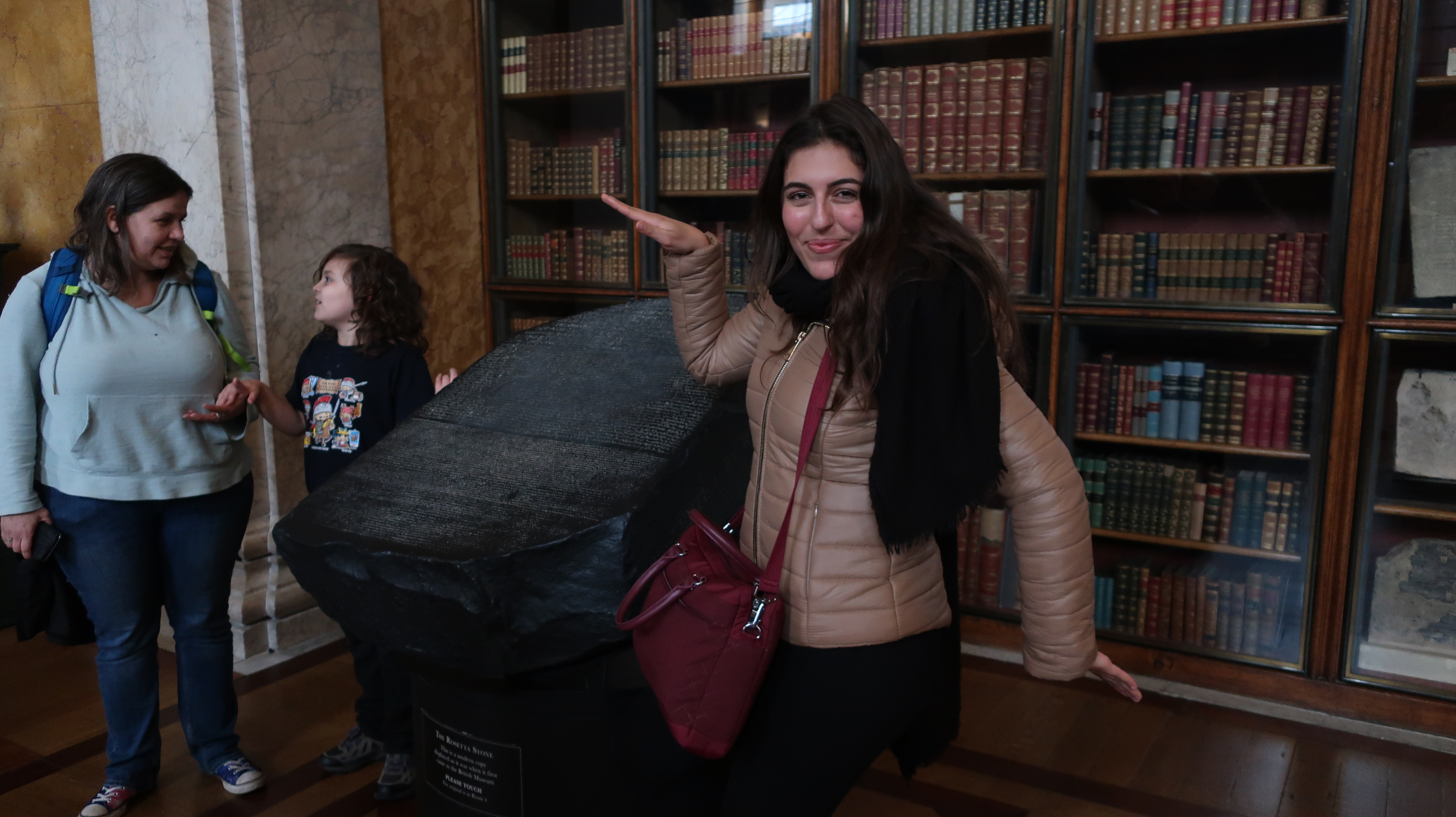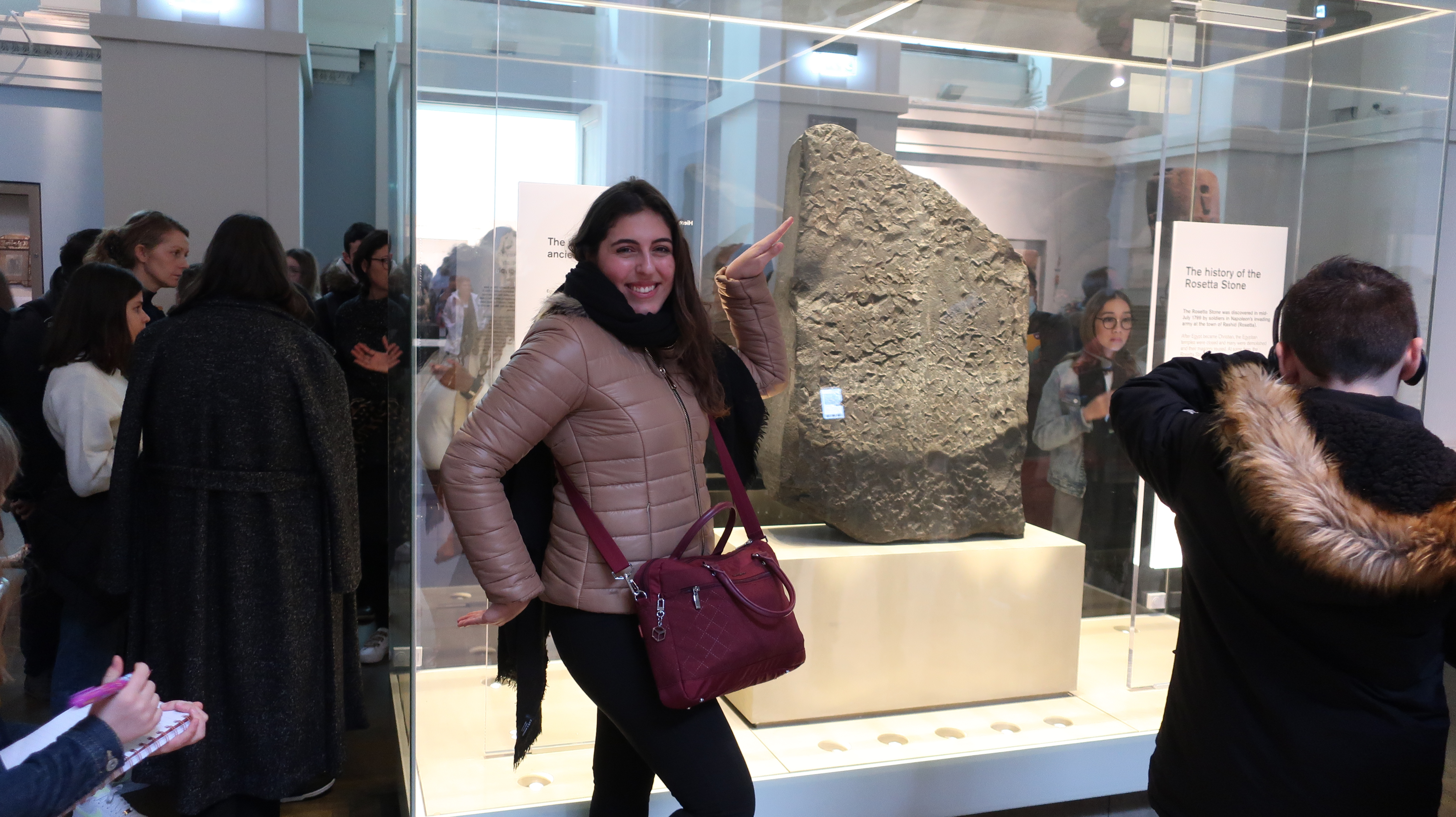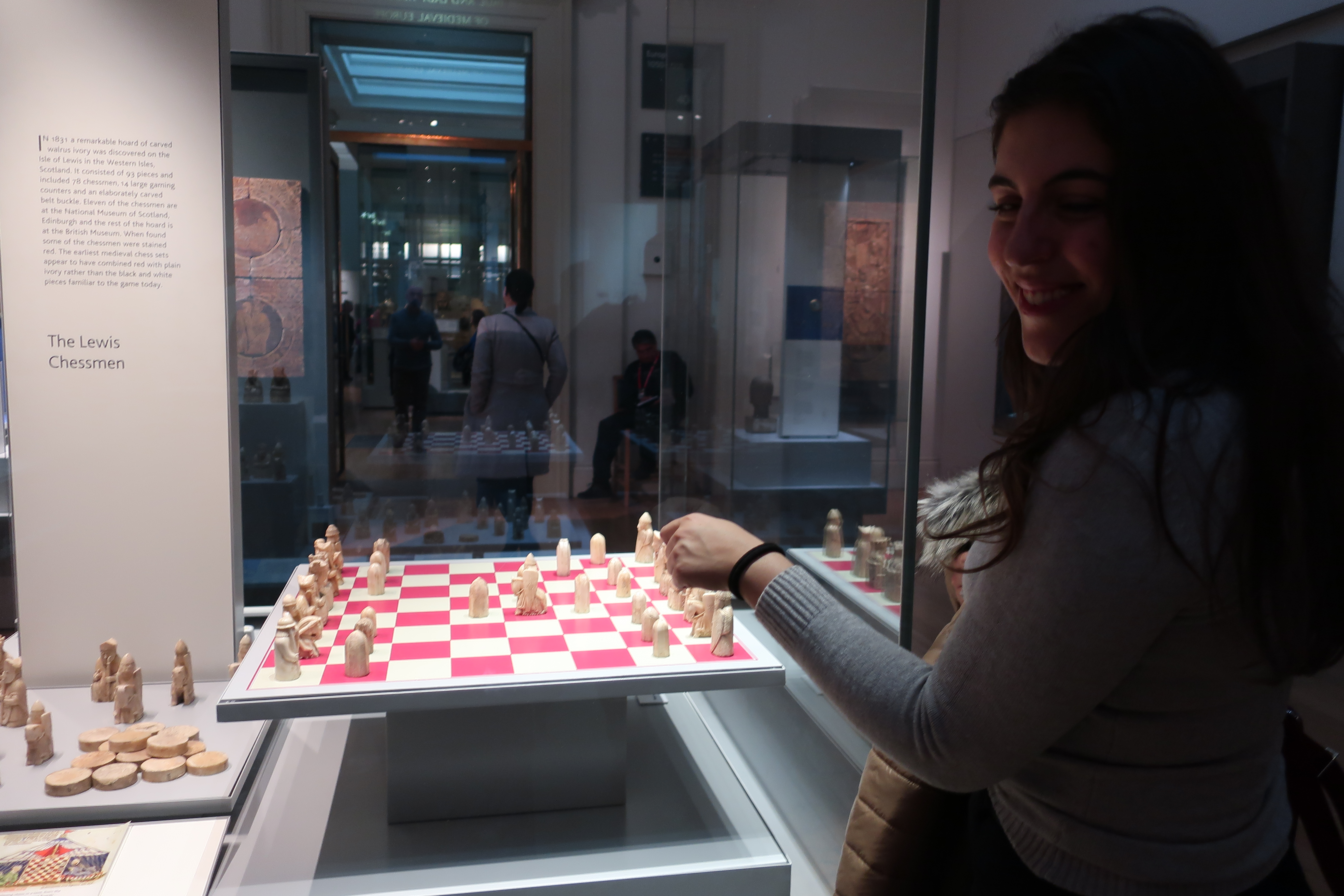The Rosetta Stone
The Rosetta Stone became key to deciphering Egyptian hieroglyphs, thereby opening a window into ancient Egyptian history. It bears three versions of a decree issued in Memphis, Egypt in 196 BC during the Ptolemaic dynasty on behalf of King Ptolemy V Epiphanes. It is one of the most important objects in the British Museum and holds the key to understanding Egyptian hieroglyphs. Visit this famous curation, take a selfie and upload it to make a start on your journey of discovery.
The Replica Rosetta Stone
There were 12-15 replicas of the Rosetta stone made - Treasure Trailers need to find the replica. It is a first-generation, full-size, life-size facsimile (in black resin) with the characters in white (carnauba wax and chalk compound), made from a direct mold of the original Rosetta Stoneface. The size of the casting is approximately 40 inches in height, 30 inches in width, and the resin is molded so that it has two-inch sides. Here's a clue: it's on the same floor as the original.
The Lord of the Dance
Śiva (Shiva) is the Lord of the Dance. He is one of the two most important male deities in Hinduism, Viṣṇu is the other. Śiva can be found in all his glorious iconic and aniconic form. When in the former, iconic form, his famous representation is as Nataraja where he is shown simultaneously dancing, at the moment of cosmic dissolution and creation. Take a selfie of this famous statue and upload it.
The Helmet of a Famous Saxon Warrior
The warrior's helmet is a wonderful relic of Dark Age Britain. It is a decorative and ornate Anglo-Saxon helmet that was discovered during a 1939 excavation of the Sutton Hoo ship-burial. It was buried around 625 and is widely believed to have belonged to King Rædwald of East Anglia. There are two on display, the original and the replica. Take a selfie with the nice shiny one and upload your snap.
The Easter Island Moai
Archaeologists suggest that the statues are a representation Polynesian people's ancestors. The Moai statues face away from the sea and towards the villages and are, perhaps, way of watching over the people. This is only one theory but make your mind up for yourself and visit this enigmatic figure. Take your picture with this famous statue and upload it.
The Lewis Chessmen
The Lewis Chessmen are (probably) the oldest chess pieces in the world. They are definitely some of the most well-travelled objects in the whole of the British Museum’s collection and are frequently loaned to many museums around the world. Their characterful expressions are particularly compelling from the fearsome queen to the shield biting, berserker warriors
Example Images from this Trail
You must be logged in to compete on treasure trails - login/register here
.jpg)
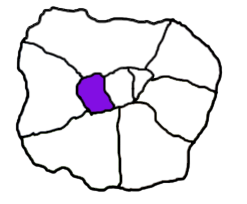

.jpg)
